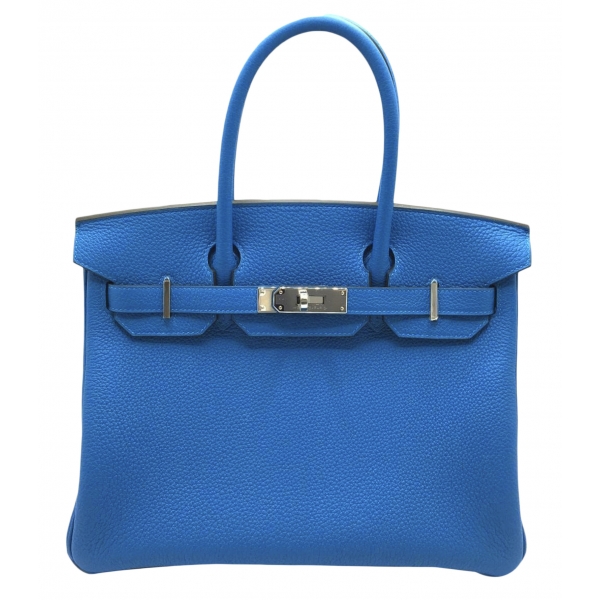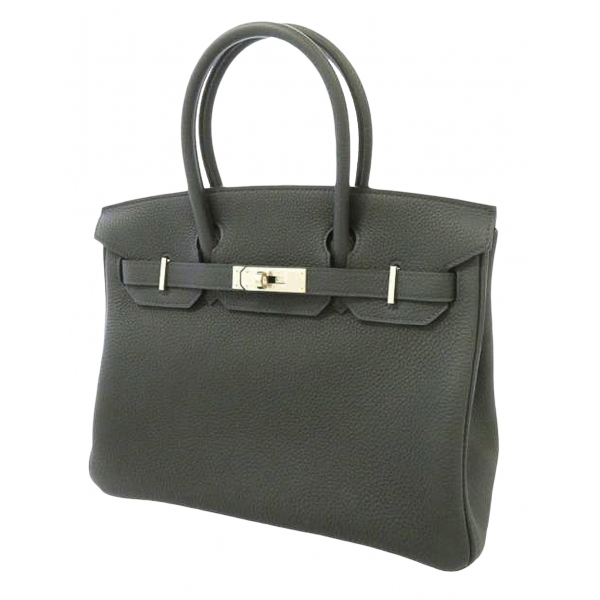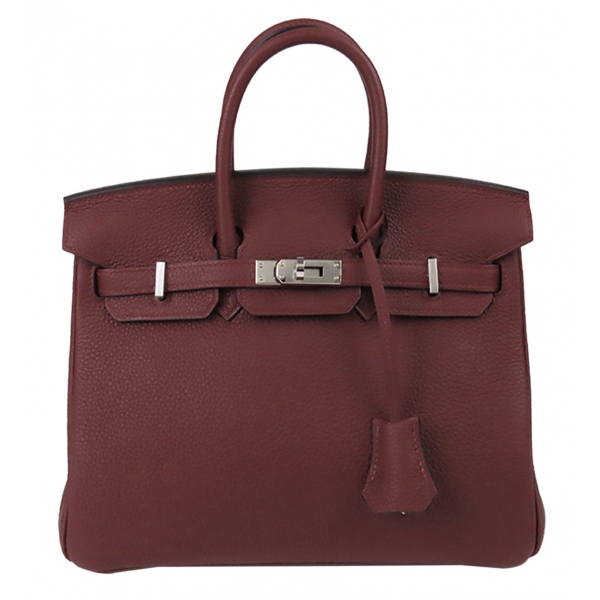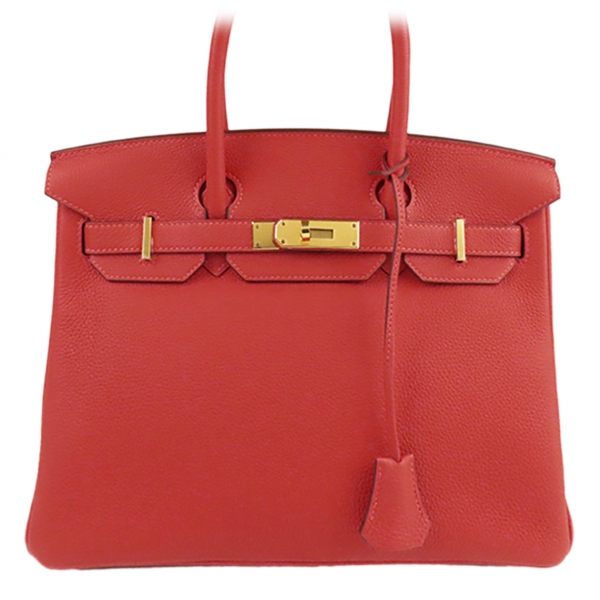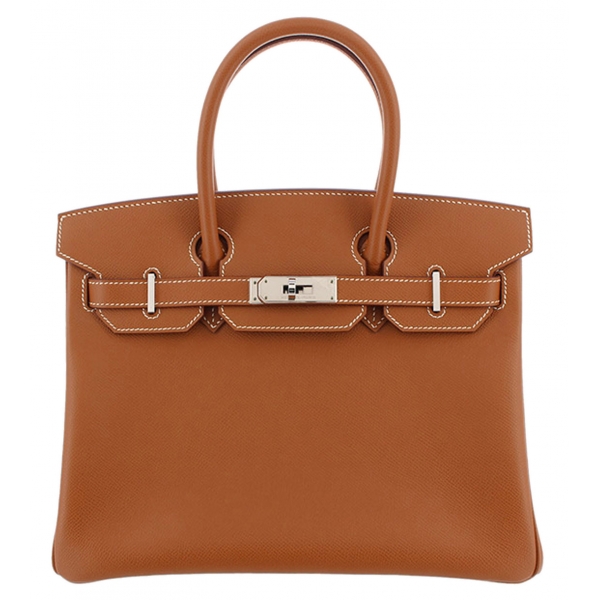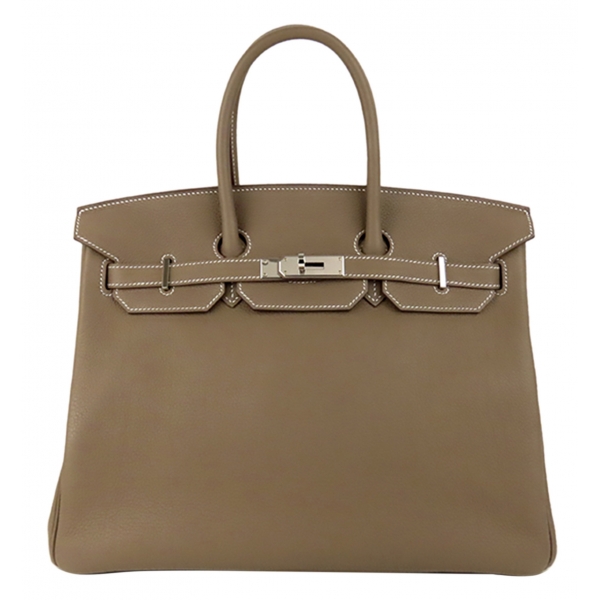No products
Categories
- Fashion Accessories
- Clothing
- Beauty & Lifestyle
-
Hi-Tech & Lifestyle
- Gaming
-
Case
- iPhone 11 Pro
- iPhone 11 Pro Max
- iPhone 11
- iPhone X / XS
- iPhone XS Max
- Samsung S10 / S10+ / S10e
- Huawei P30 / P30 Pro / P30 Lite
- Huawei P20 / P20 Pro / P20 Lite
- iPhone XR
- Samsung S9
- Samsung S9+
- iPhone 8 / 7
- iPhone 8 Plus / 7 Plus
- Samsung S8
- Samsung S8+
- Samsung S7
- Samsung S7 Edge
- iPhone 6 / 6 s
- iPhone 6 Plus / 6 s Plus
- iPhone 5 / SE
- Skin
- Audio
- Smart Home
- Drones & Hoverboard
- Photo & Video
- Desk Supplies
- Accessories
- Games
- Beverages
- Food
- Home
- Jewelry
- Luxury
- Travel
- Art
- Footwear
- Vintage Fashion
- Restaurants
- Sport
- Animals
- Gift Ideas
- Kidswear
Extra
Viewed Products
-

Yves Saint Laurent - SL 417 Sunglasses - Silver - Sunglasses - Saint Laurent...
Rimless aviator sunglasses featuring...
-

Cravates E.G. - Tartan Tie - Green
Recalling the retro fashion, this is...
-

Coltellerie Berti - 1895 - Compact Paste Knife - N. 426 - Exclusive Artisan...
Exclusive Berti 1895 Knives set....
-

Ammoment - Stingray in Glitter Metallic Blue - Leather Large Long Zipper Wallet
Handmade large long zipper wallet in...
-

2 ME Style - Case Fingers Leather Blue / Croco Orange - iPhone X / XS -...
Handmade iPhone Case with finger...
-

TecknoMonster - Matrik S TecknoMonster - Aeronautical Carbon Fibre Boston Bag
Boston Bag in Carbon Fibre Nix, ultra...
Hermès Vintage
The Iconic Luxury - Prestige and Refinement
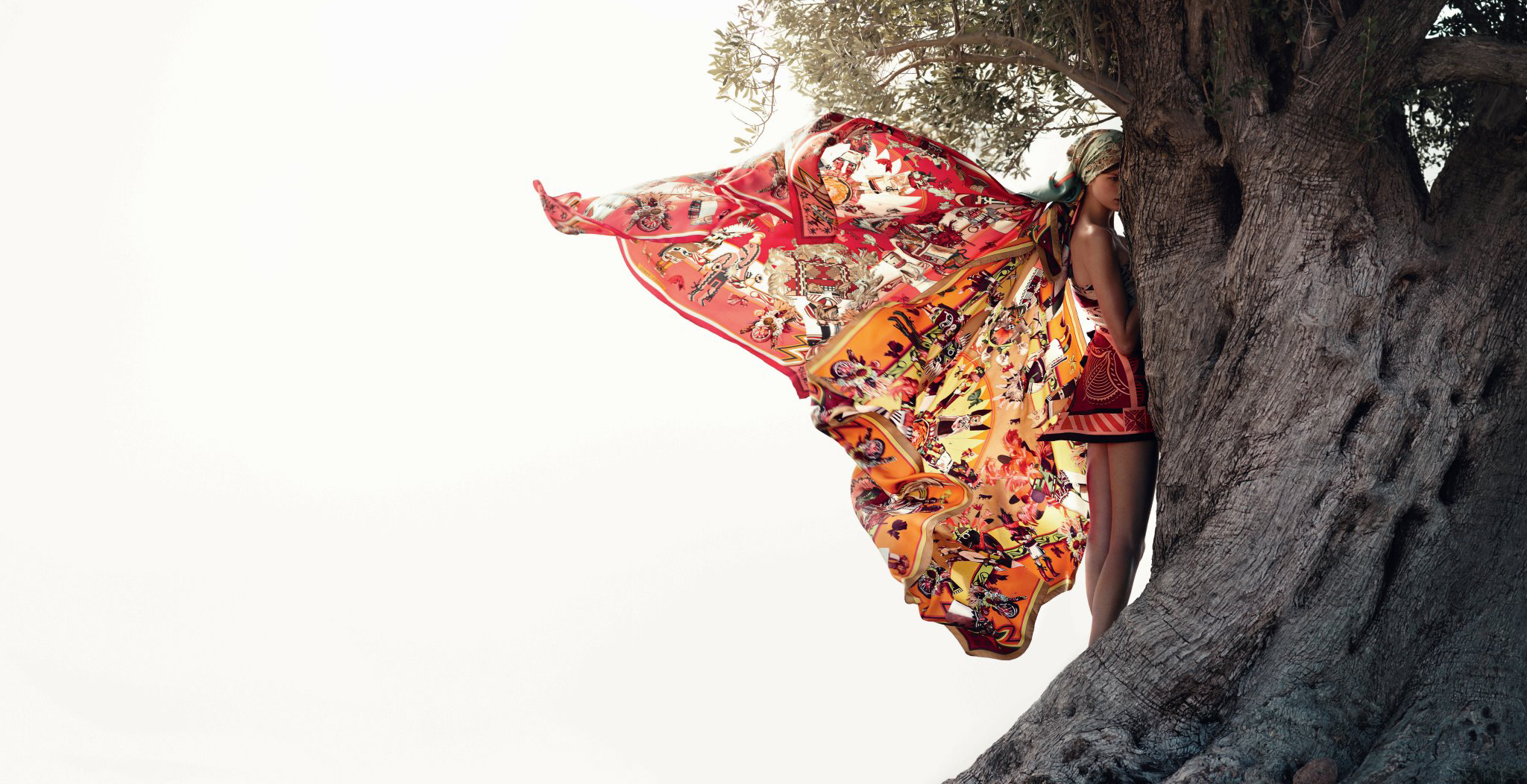
Sustainable Development

Hermès’ action for sustainable development is founded on the values passed down through the generations by the artisans who have shaped our house and our objects since 1837.

The roots of our longevity lie in a sense of responsibility, a quest for authenticity, and respect for time and natural resources.

We wish to leave a positive imprint on the world. Men and women, the communities that we belong to, and materials derived from our natural environment have been our constant companions from our very origins.

Today, they are more than ever at the heart of our preoccupations and our commitment to progress.
Footsteps Across The World

Hermès endeavours to create objects that withstand the test of time and to forge lasting connections with the surrounding world.
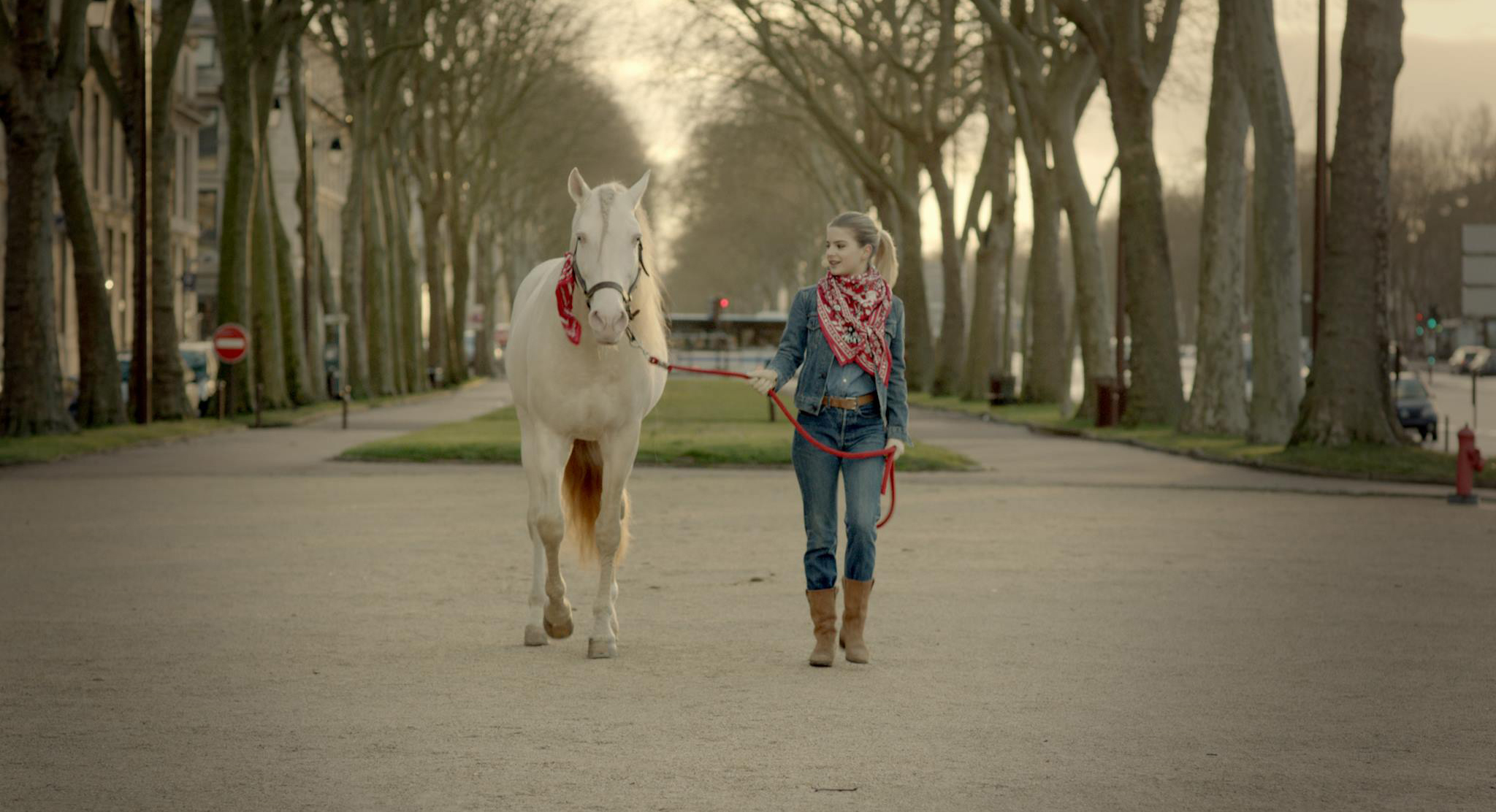
Film and documentary maker Frédéric Laffont, winner of the Albert Londres award, brings his humanistic perspective to bear as he walks in the house’s footsteps and gives free rein to his camera.

With curiosity awakened, we navigate between stories and portraits, carried along by gestures and places, and taking discovery to the ends of the earth… Our relationship with sustainable development shines through this Footsteps across the World collection.
Women and Man - The Leather School - Passing on Values and Skills

A joint training programme supports Hermès’ development in leather goods. It provides a link between the many artisan specialisations and the leather goods workshops located all over France. Each year Hermès recruits more than 200 craftspeople for its leather goods division. The group has used this opportunity to welcome talents from all professional backgrounds. This, in turn, required the creation of less academic training programmes. The goal is for everyone to obtain a diploma.
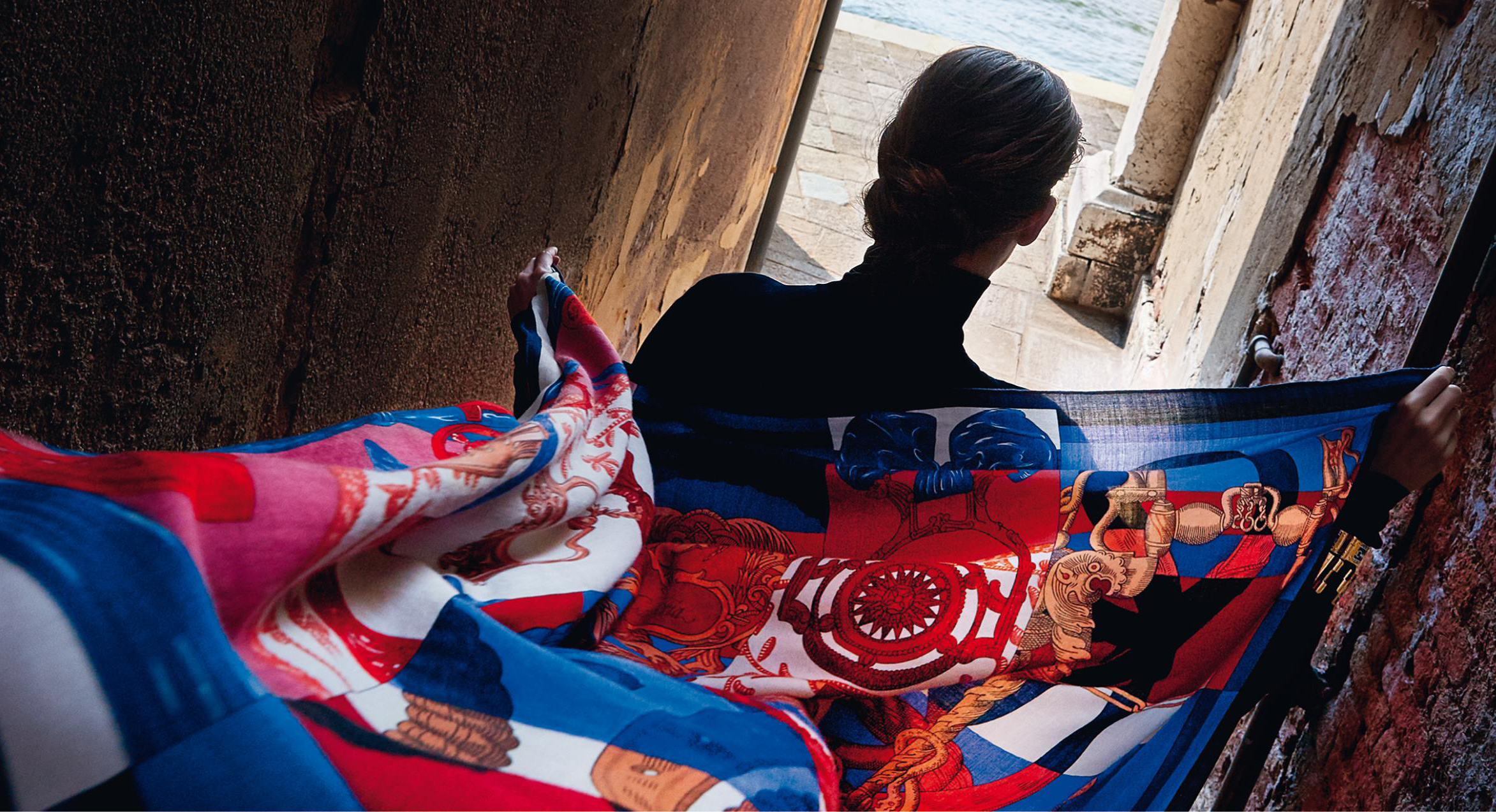
How do you make gloves, a bag or a saddle when you learnt a different trade? At Hermès, this is achieved through the leather school. This school without a building is in fact more of a method, similar to those that have marked the history of painting. It is based on the idea of sustainable transmission of shared values and skills. Since 2011, the strong demand for leather goods has committed Hermès to increasing its production capacity. Today's reality focuses on training adults who, nine times out of ten, arrive in the leather goods workshops as absolute beginners.

So it is a question of innovating and appealing to the five senses. Before any practical exercise, the artisan interns observe – tools, a position, a technique – think and experiment. For example, you have to close your eyes to discover pearling, a setting technique that gives a cut tack its lovely round pearl-shaped head. The musical sound of the pearler against the plaque of a bag's side strap, its regularity and its power depending on the force applied to the tool, reveals much more than lengthy explanations. Successfully crafting exceptional objects is not the only ambition. In collaboration with schools and colleges, the 50 or so trainers are committed to supporting every trainee until he or she obtains their diploma.
Tandem, a Decade of Open-Mindedness

In late 2008, an artisan from the leather workshop in Sayat laid down his tools in Puy-de-Dôme to spend a week behind a counter with a sales associate at the faubourg Saint-Honoré store in Paris. It was the start of the Tandem exchanges.
Footsteps Across The World Collection

Recognisable by their trademark white coats, which have earned them the nickname the Blouse Brothers, the Prudhomme brothers, Lionel and André, are supervisors at the Pantin leather workshop. But beyond their clothing, their skills honed by four decades with the house have given them the status of mentors, dispensing precious advice with a keen eye for the smallest detail. They pass on to their fellow leather craftsmen the secrets of flawless finishes and the requisites for a perfect bag.
The Golden Filets of Porcelain

Of all the arts involved in glazing ceramics, that of painting a band, or filet, onto a piece of porcelain is one of the most intricate. In the Hermès workshops in Nontron, the artisans must juggle between bowls, large vases, plates, dishes and tureens. Eight gold-filet workers maintain this know-how, decorating the pieces by hand using a liner brush saturated with gold, platinum or colour.
Dexterity, The Trade Secret of Talent
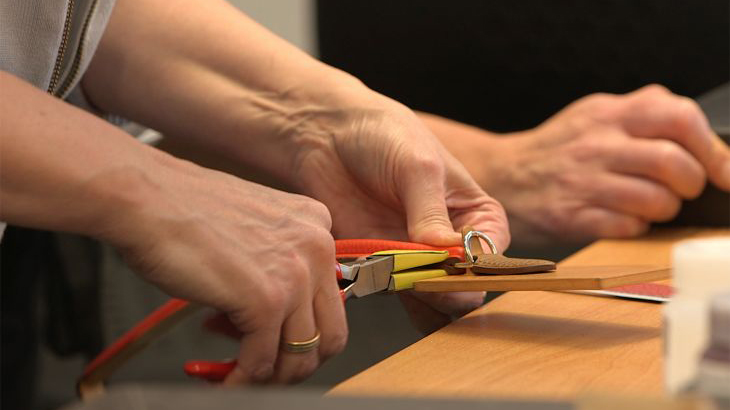
Agile fingers dance with tools for cutting and table work in the leather workshops. Hermès welcomes diversity in backgrounds and ages. Here, dexterity, tested with the French Pôle emploi (Job Centre) prevails over initial training. This, along with respect for time, is the main secret of crafting objects.
The Planet - Green Electricity Produced in France

Eager to take part in the energy transition launched by the Paris Agreement (COP21), Hermès integrates renewable energies into its electricity consumption in France.
The Communities - In Héricourt, The Rebirth of a Manufacture

When looking for new operations sites, Hermès examines every option, in particular those that result from the industrial heritage of certain regions.
Products Hermès Vintage
Hermès Vintage
The Iconic Luxury - Prestige and Refinement

Sustainable Development

Hermès’ action for sustainable development is founded on the values passed down through the generations by the artisans who have shaped our house and our objects since 1837.

The roots of our longevity lie in a sense of responsibility, a quest for authenticity, and respect for time and natural resources.

We wish to leave a positive imprint on the world. Men and women, the communities that we belong to, and materials derived from our natural environment have been our constant companions from our very origins.

Today, they are more than ever at the heart of our preoccupations and our commitment to progress.
Footsteps Across The World

Hermès endeavours to create objects that withstand the test of time and to forge lasting connections with the surrounding world.

Film and documentary maker Frédéric Laffont, winner of the Albert Londres award, brings his humanistic perspective to bear as he walks in the house’s footsteps and gives free rein to his camera.

With curiosity awakened, we navigate between stories and portraits, carried along by gestures and places, and taking discovery to the ends of the earth… Our relationship with sustainable development shines through this Footsteps across the World collection.
Women and Man - The Leather School - Passing on Values and Skills

A joint training programme supports Hermès’ development in leather goods. It provides a link between the many artisan specialisations and the leather goods workshops located all over France. Each year Hermès recruits more than 200 craftspeople for its leather goods division. The group has used this opportunity to welcome talents from all professional backgrounds. This, in turn, required the creation of less academic training programmes. The goal is for everyone to obtain a diploma.

How do you make gloves, a bag or a saddle when you learnt a different trade? At Hermès, this is achieved through the leather school. This school without a building is in fact more of a method, similar to those that have marked the history of painting. It is based on the idea of sustainable transmission of shared values and skills. Since 2011, the strong demand for leather goods has committed Hermès to increasing its production capacity. Today's reality focuses on training adults who, nine times out of ten, arrive in the leather goods workshops as absolute beginners.

So it is a question of innovating and appealing to the five senses. Before any practical exercise, the artisan interns observe – tools, a position, a technique – think and experiment. For example, you have to close your eyes to discover pearling, a setting technique that gives a cut tack its lovely round pearl-shaped head. The musical sound of the pearler against the plaque of a bag's side strap, its regularity and its power depending on the force applied to the tool, reveals much more than lengthy explanations. Successfully crafting exceptional objects is not the only ambition. In collaboration with schools and colleges, the 50 or so trainers are committed to supporting every trainee until he or she obtains their diploma.
Tandem, a Decade of Open-Mindedness

In late 2008, an artisan from the leather workshop in Sayat laid down his tools in Puy-de-Dôme to spend a week behind a counter with a sales associate at the faubourg Saint-Honoré store in Paris. It was the start of the Tandem exchanges.
Footsteps Across The World Collection

Recognisable by their trademark white coats, which have earned them the nickname the Blouse Brothers, the Prudhomme brothers, Lionel and André, are supervisors at the Pantin leather workshop. But beyond their clothing, their skills honed by four decades with the house have given them the status of mentors, dispensing precious advice with a keen eye for the smallest detail. They pass on to their fellow leather craftsmen the secrets of flawless finishes and the requisites for a perfect bag.
The Golden Filets of Porcelain

Of all the arts involved in glazing ceramics, that of painting a band, or filet, onto a piece of porcelain is one of the most intricate. In the Hermès workshops in Nontron, the artisans must juggle between bowls, large vases, plates, dishes and tureens. Eight gold-filet workers maintain this know-how, decorating the pieces by hand using a liner brush saturated with gold, platinum or colour.
Dexterity, The Trade Secret of Talent

Agile fingers dance with tools for cutting and table work in the leather workshops. Hermès welcomes diversity in backgrounds and ages. Here, dexterity, tested with the French Pôle emploi (Job Centre) prevails over initial training. This, along with respect for time, is the main secret of crafting objects.
The Planet - Green Electricity Produced in France

Eager to take part in the energy transition launched by the Paris Agreement (COP21), Hermès integrates renewable energies into its electricity consumption in France.
The Communities - In Héricourt, The Rebirth of a Manufacture

When looking for new operations sites, Hermès examines every option, in particular those that result from the industrial heritage of certain regions.
Products Hermès Vintage
-
Hermès Vintage - Wicker and Swift Mini Kelly Picnic 20 - Brown - Leather and...
The Kelly Picnic features an Osier wicker body with swift leather trim in Vert Verone color, a flat leather top handle, a detachable flat leather strap, a leather top flap, and an interior slip pocket.
79 000,00 € -
Hermès Vintage - Mini Box Calf Studded Cloute Kelly Sellier 20 - Black -...
The Kelly Mini features a studded box calf leather body, a flat leather top handle, a detachable flat leather strap, a front flap with turn lock closure, and an interior slip pocket.
76 400,00 € -
Hermès Vintage - Toile Goeland Swift Cargo Birkin 25 - White - Leather and...
The Birkin 25 features a Toile Goeland canvas and Swift leather body in Nata color, rolled leather handles, a front flap with turn-lock closure, exterior flap and slip pockets, and interior zip and slip pockets.
45 700,00 € -
Hermès Vintage - Epsom Kelly en Desordre Sellier 20 - Brown - Leather and...
This shoulder bag features an Epsom leather body in Etoupe color, a flat leather shoulder strap, a front flap pocket with twist lock closure, a back flap with twist lock closure, and an interior slip pocket.
40 500,00 € -
Hermès Vintage - Swift Birkin 25 - Pink - Leather Handbag
The Birkin 25 features a leather body, rolled leather handles, a front flap with turn-lock closure, silver hardware, leather lining, and interior open and zip pockets. It comes with a clochette, lock, and key.
27 200,00 € -
Hermès Vintage - Taurillon Clemence Birkin 30 - Blue - Leather Handbag
The Birkin 30 features a leather body, rolled leather handles, a front flap with a strap and turn lock closure, and interior zip and slip pockets.
31 000,00 € -
Hermès Vintage - Taurillon Clemence Birkin 30 - Pink - Leather Handbag
The Birkin 30 features a leather body, rolled leather handles, a front flap with a strap and turn lock closure, and interior zip and slip pockets.
29 000,00 € -
Hermès Vintage - Taurillon Clemence Birkin 30 - Orange - Leather Handbag
The Birkin 30 features a leather body, rolled leather handles, a front flap with a strap and turn lock closure, and interior zip and slip pockets.
29 500,00 € -
Hermès Vintage - Togo Birkin 30 - Gray - Leather Handbag
The Birkin 30 features a leather body, rolled leather handles, a front flap with a strap and turn lock closure, and interior zip and slip pockets.
29 500,00 € -
Hermès Vintage - Taurillon Clemence Kelly 28 - Gray - Leather Handbag
The Kelly 28 features a leather body, a rolled leather top handle, a front flap with a metal lock closure, and interior zip and slip pockets.
29 700,00 € -
Hermès Vintage - Swift Birkin 30 - Dark Gray - Leather Handbag
The Birkin 30 features a swift leather body, rolled leather handles, front flap with turn-lock closure, and interior open and zip pocket.
29 800,00 € -
Hermès Vintage - Swift Birkin 25 - Yellow - Leather Handbag
The Birkin 25 features a leather body, rolled leather handles, a front flap with turn-lock closure, silver hardware, leather lining, and interior open and zip pockets. It comes with a clochette, lock, and key.
29 200,00 € -
Hermès Vintage - Togo Birkin 25 - Red Burgundy - Leather Handbag
The Birkin 25 features a Togo leather body, rolled leather handles, front flap with turn-lock closure, silver hardware, leather lining, and an interior open and zip pockets. It comes with a clochette, lock, and key.
30 700,00 € -
Hermès Vintage - Vaux Epsom Birkin 30 - Yellow - Leather Handbag
The Birkin 30 features a leather body, rolled leather handles, a front flap with a metal lock closure, and interior zip and slip pockets.
28 500,00 € -
Hermès Vintage - Epsom Birkin 30 - Blue - Leather Handbag
The Birkin 30 features a leather body, rolled leather handles, a front flap with a metal lock closure, and interior zip and slip pockets.
29 200,00 € -
Hermès Vintage - Swift Birkin 25 - Purple - Leather Handbag
The Birkin 25 features a leather body, rolled leather handles, a front flap with turn-lock closure, silver hardware, leather lining, and interior open and zip pockets. It comes with a clochette, lock, and key.
29 200,00 € -
Hermès Vintage - Togo Birkin 30 - Red - Leather Handbag
The Birkin 30 features a leather body, rolled leather handles, a front flap with a metal lock closure, and interior zip and slip pockets.
29 200,00 € -
Hermès Vintage - Epsom Birkin 30 - Brown - Leather Handbag
The Birkin 30 features a leather body, rolled leather handles, a front flap with a metal lock closure, and interior zip and slip pockets.
29 200,00 € -
Hermès Vintage - Taurillon Birkin 30 - Light Gray - Leather Handbag
The Birkin 30 features a leather body, rolled leather handles, a front flap with a metal lock closure, and interior zip and slip pockets.
29 200,00 € -
Hermès Vintage - Togo Birkin 35 - Brown Taupe - Leather Handbag
The Birkin 35 features a leather body, rolled leather handles, a front flap with turn-lock closure, gold-tone hardware, and interior open and zip pockets.
29 200,00 € -
Hermès Vintage - Togo Birkin 25 - Blue - Leather Handbag
The Birkin 25 features a Togo leather body, rolled leather handles, a front flap with turn-lock closure, silver hardware, leather lining, and interior open and zip pockets. It comes with a clochette, lock, and key.
29 200,00 €








